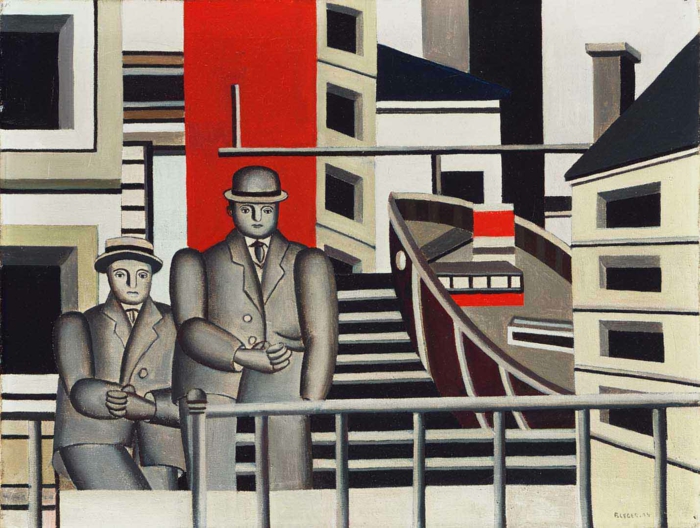About cubism, its characteristics and artists
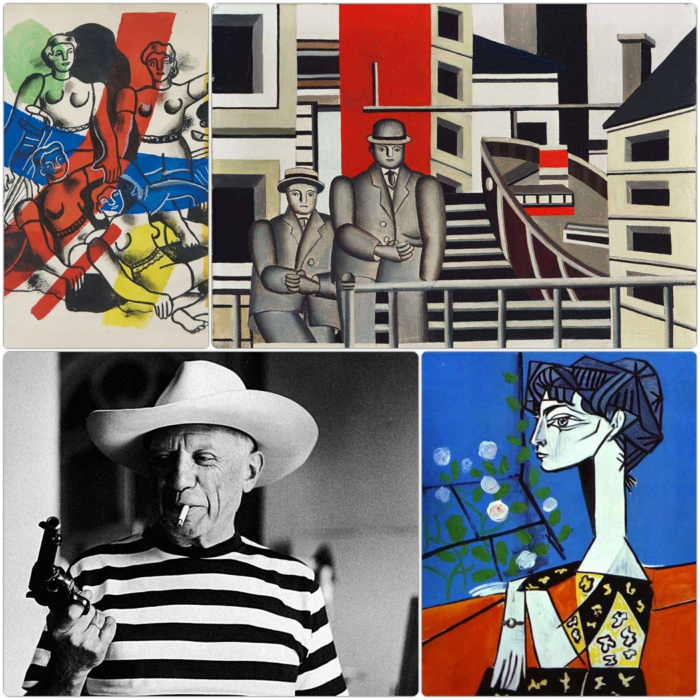
About cubism and its characteristics
In 1907 Pablo Picasso completed his work “Les demoiselles d’Avignon”. With this work and this year, one also brings the beginning of cubism in art history in connection. One could call cubism a mental art flow which is differentiated from the realistic representation of everything that surrounds us.
Cubism crosses borders. One frees oneself with the desire to be in harmony with the reality. The purpose of cubism is to be able to depict thoughts pictorially. Thus cubism has a lot to do with surrealism.
Pablo Picasso and the beginning of cubism

The first visual difference to the latter, however, is the forms that are used. They are, as the name of the style itself says, cubist.
Pablo Ruiz Picasso

Picasso’s artwork “Jacqueline with flowers”
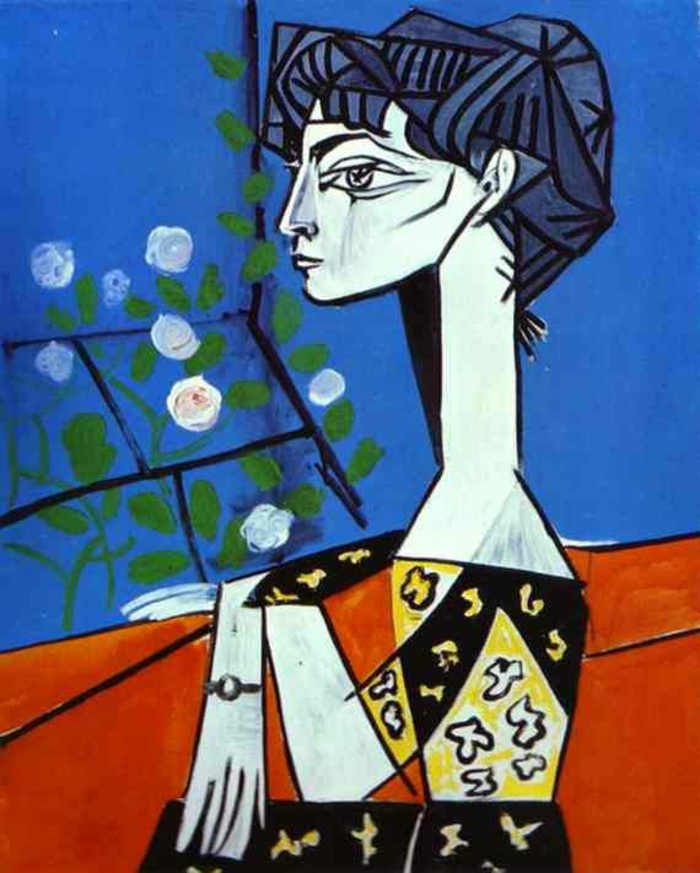
Cubism characteristics
The most important Cubist features are the geometric shapes. They are always present in the compositions. This also applies to the simplified nature forms. Of the latter, especially circles, spheres and cubes occur. But contrary to what many people think, cubism can not be called an abstract. On the contrary, its forms are very concrete. This is another difference to Surrealism. Cubism respects the physical boundaries of forms as they are typical of our perception.
Sylvette, 1954 by Pablo Picasso
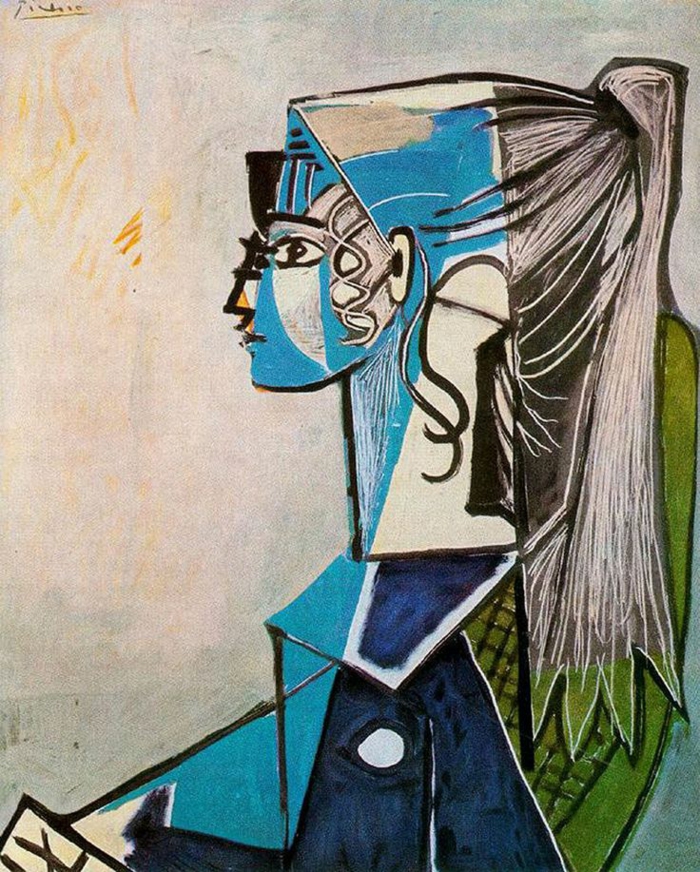
There are also typical subjects for Cubism. These are the urban centers on one side, and the portraits on the other.
There are many different currents within cubism. We would now like to discuss two important ones.
Pablo’s daughter with doll
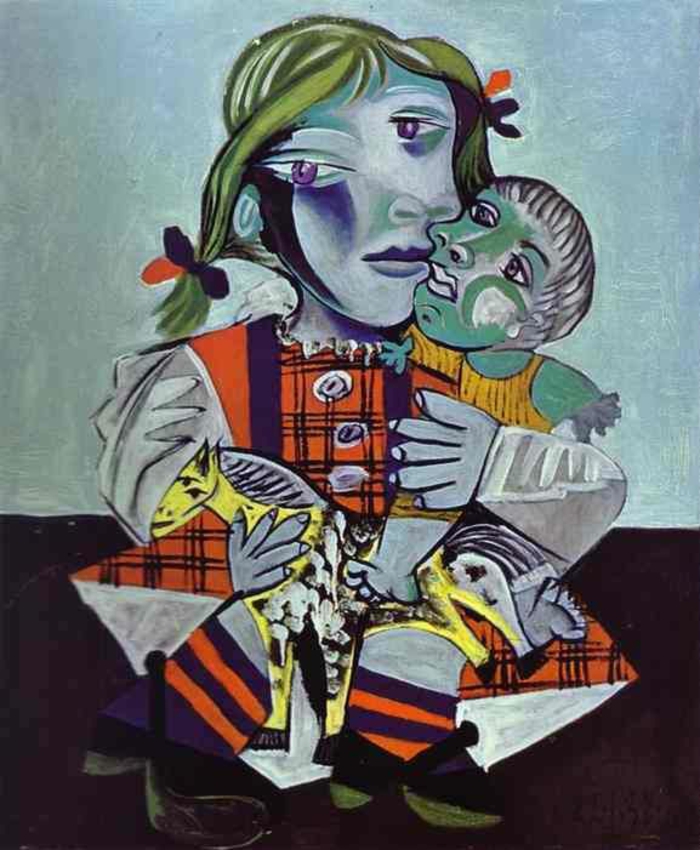
Synthetic cubism
This is about the free reconstruction of images. It looks like an object has been taken apart and reassembled by a 3-year-old child. Eventually, the author somehow manages to preserve the most typical features of the object.
It is also interesting among the cubism characteristics that the technique of collage is often used. The objects depicted here are always those that are typical of the most banal part of our everyday life.
Juan Gris – bottles and knives
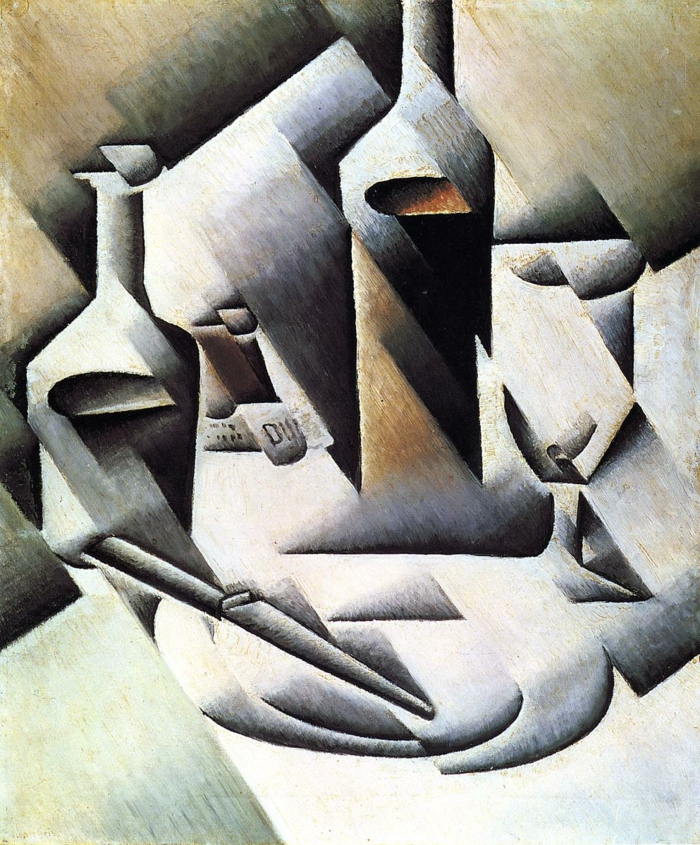
Analytical Cubism
This is about the disassembly of the original composition of objects into parts and their representation in geometric forms. This is the pure form of Cubism and it requires the greatest mastery of the artists.
“Woman sitting in an armchair” 1920 by Picasso
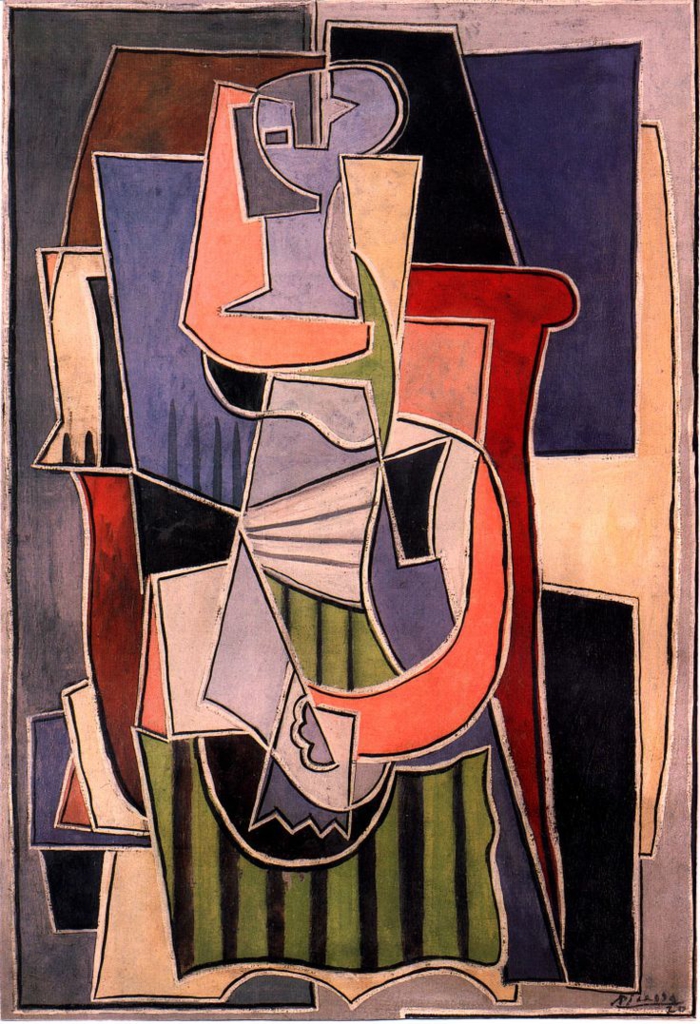
The most important painters of Cubism
From the most important features of Cubism we now move on to its typical representatives. These are George Braque (1882-1963), Juan Gris (1887-1927), Fernand Leger (1881-1973) and Pablo Ruiz Picasso.
Pablo Ruiz Picasso (1881 – 1973)

Harlequin
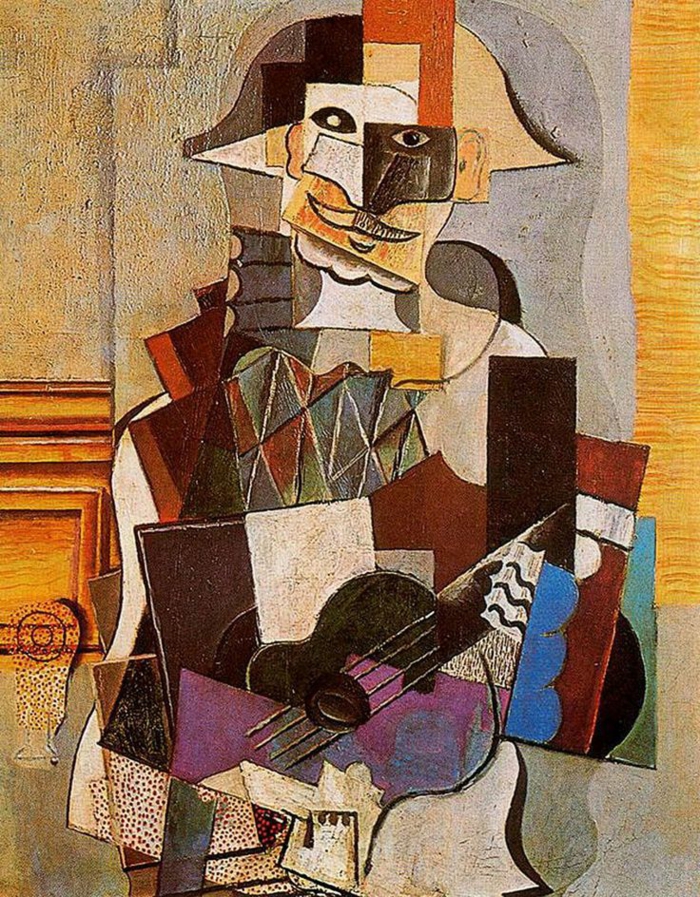
The art direction was very strong represented in the 40s, so it is contemporaries of the two world wars. It is not surprising, then, that destruction and social and political critique are such an important part of their artworks.
Painter Georges Braque
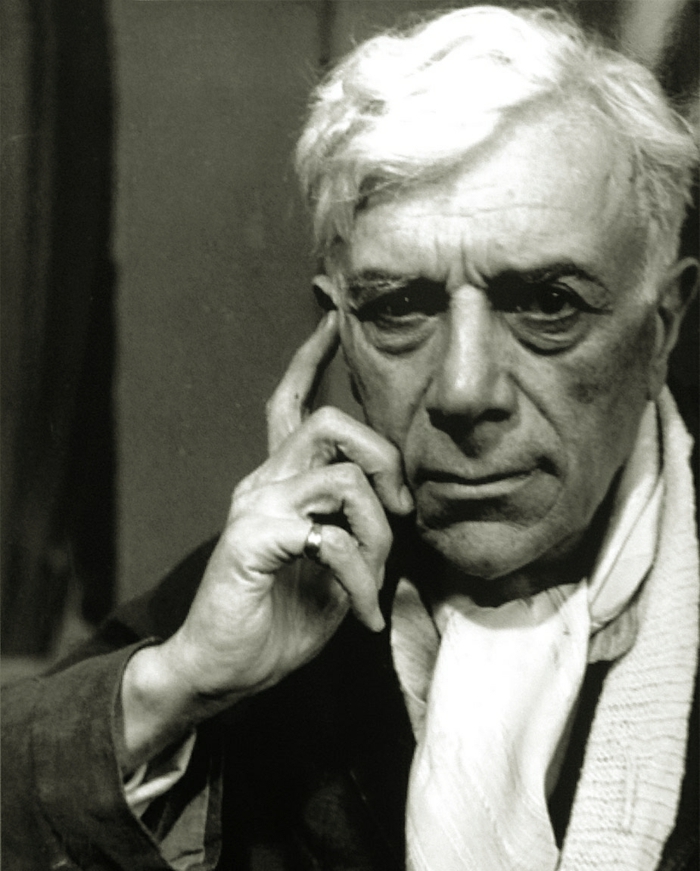
Artworks by Georges Braque
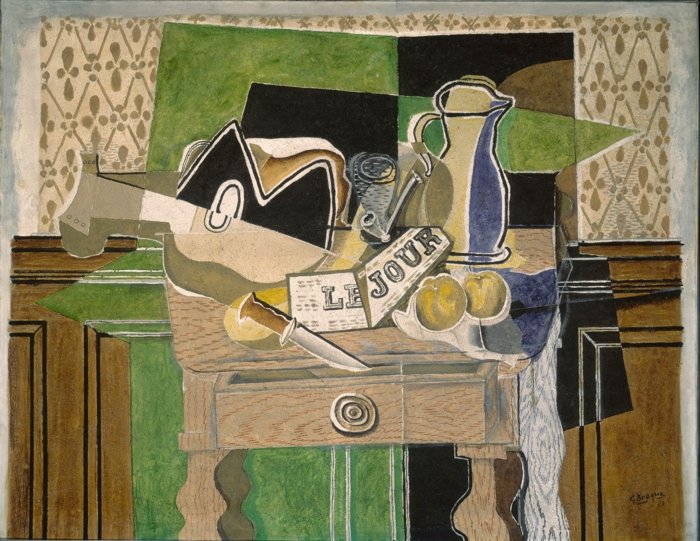
Musical instruments in cubism style
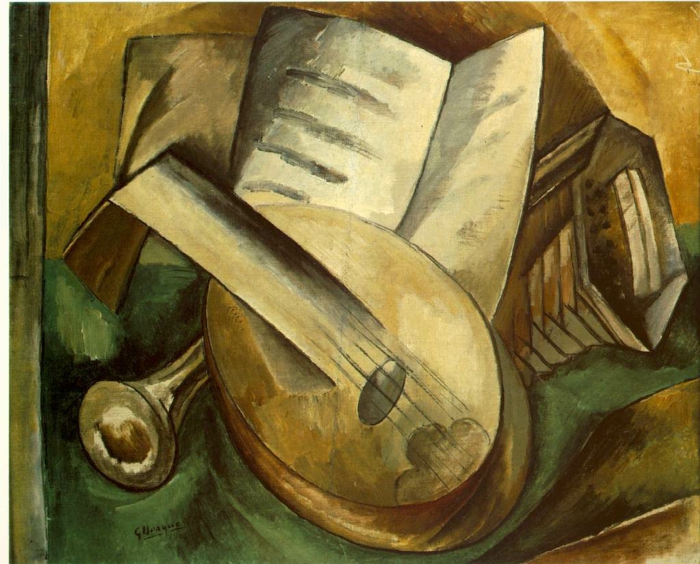
still life
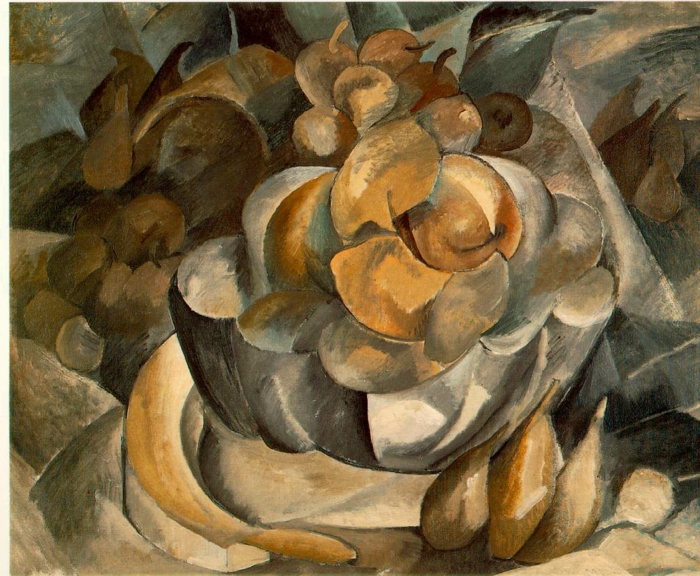
Fernand Leger
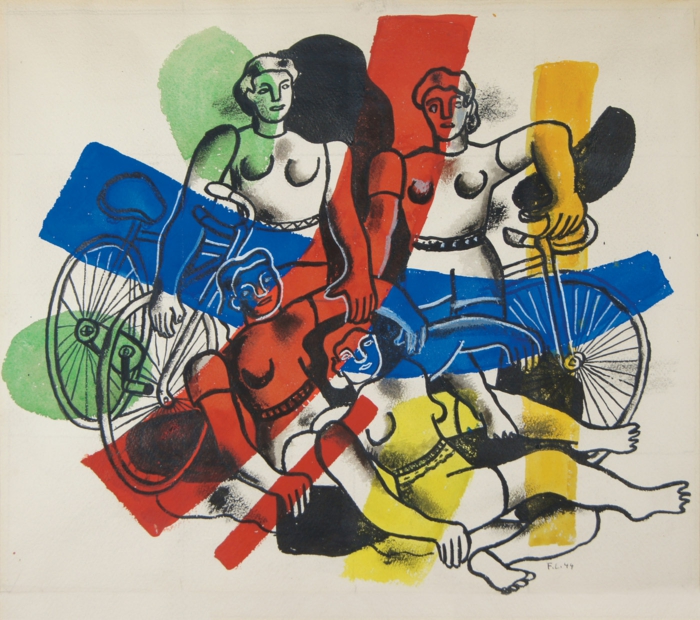
“Leisures on red bottom” by Fernand Leger
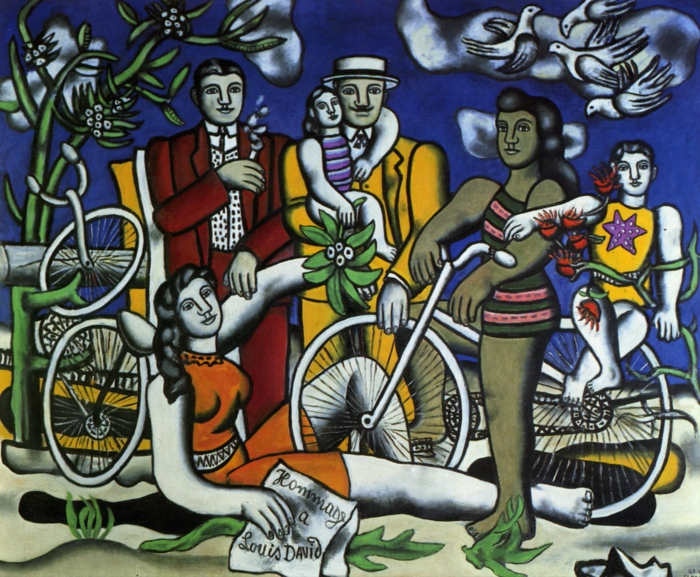
Strong red accents
